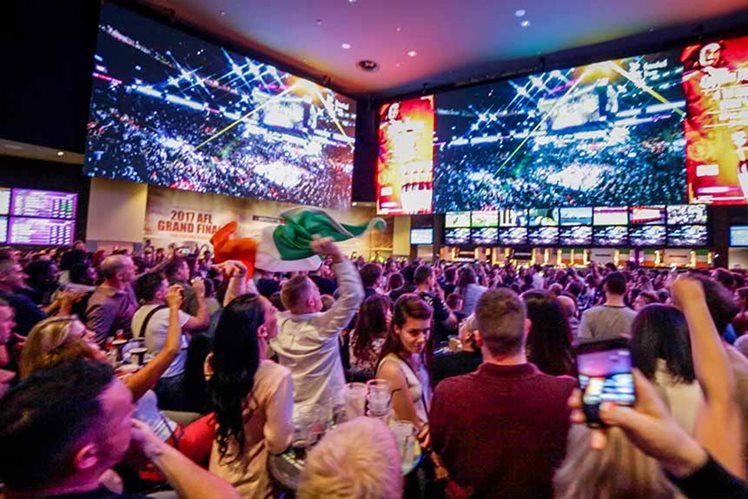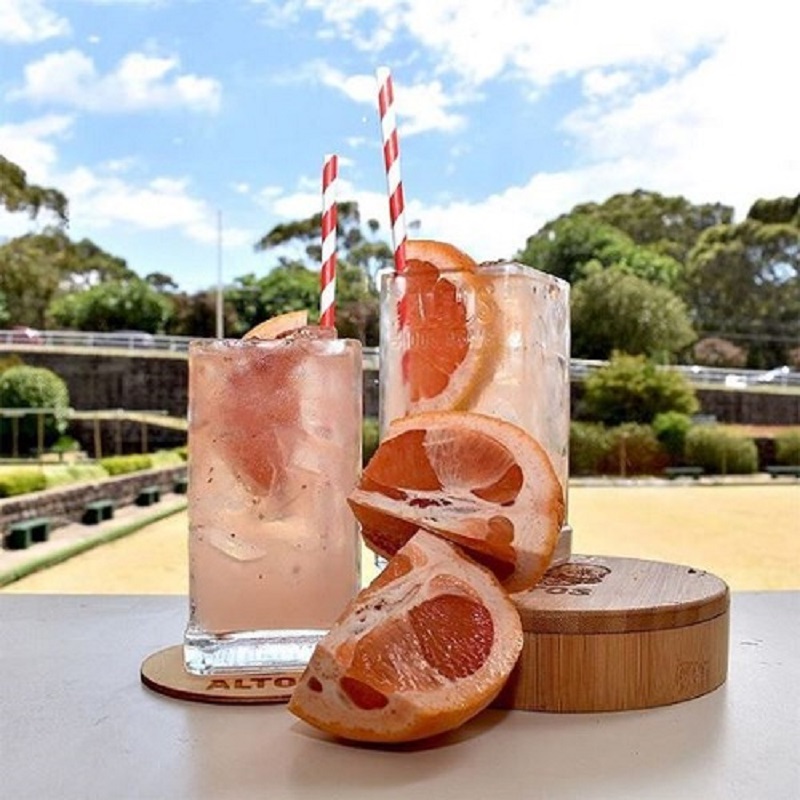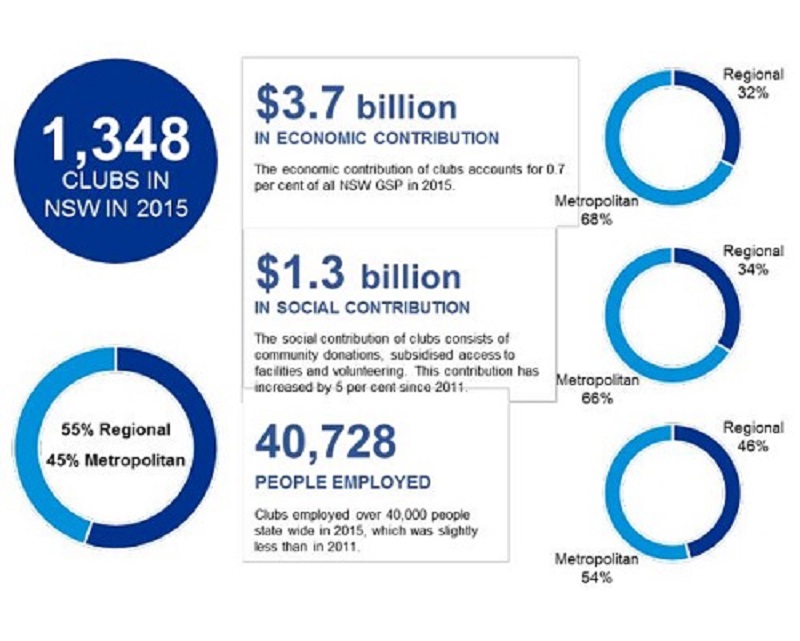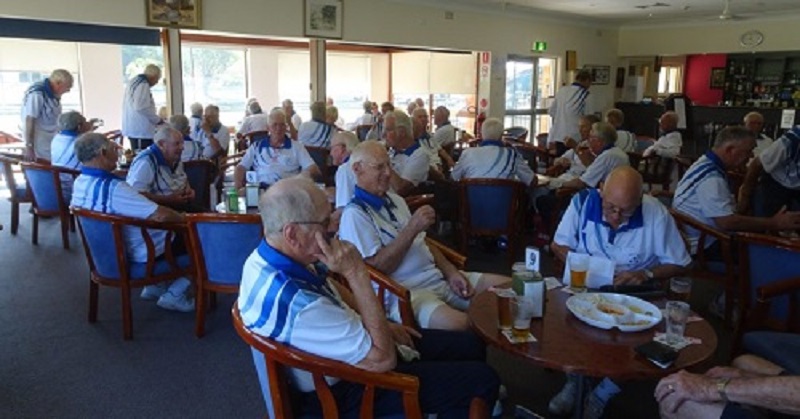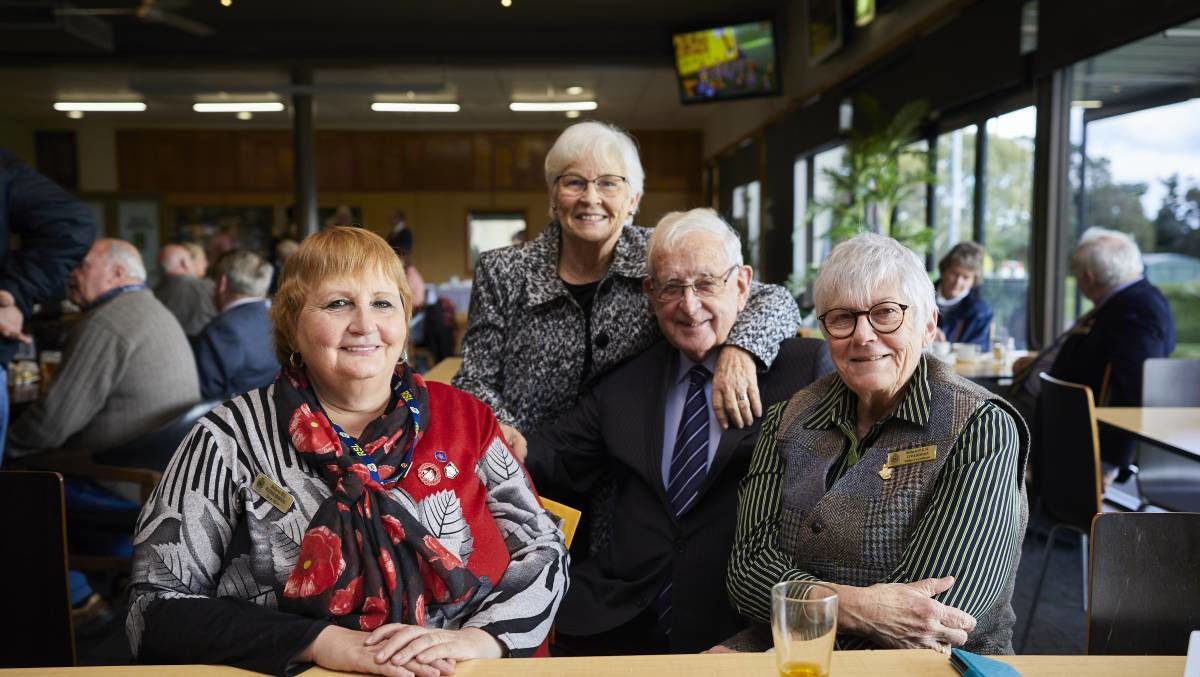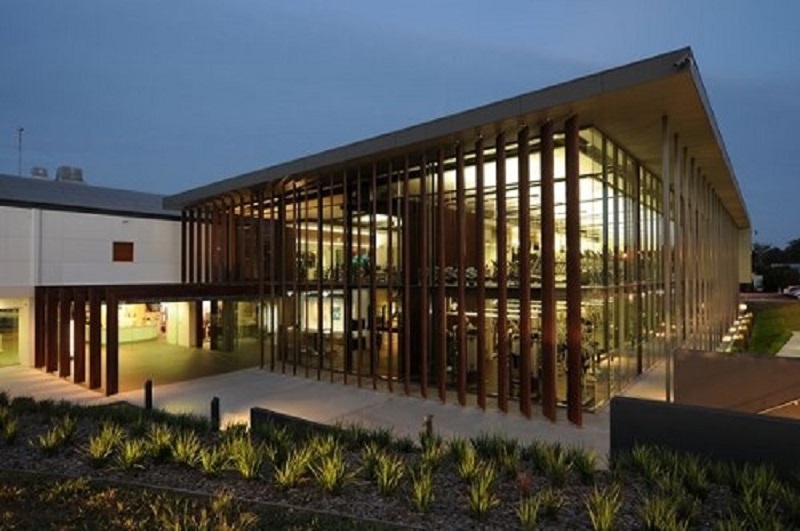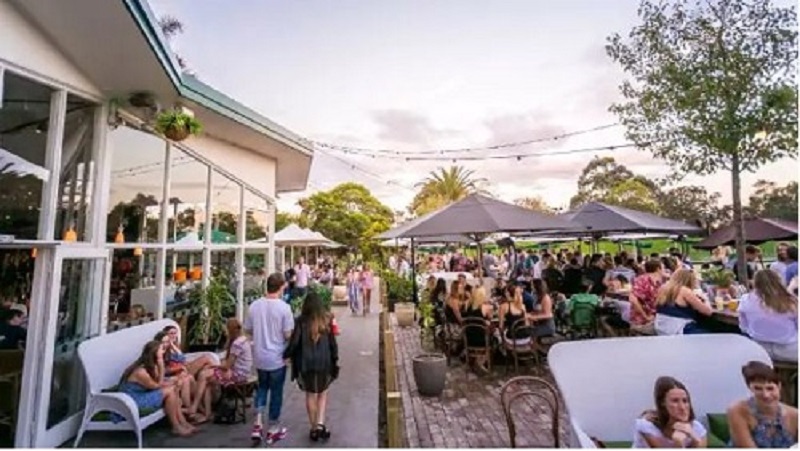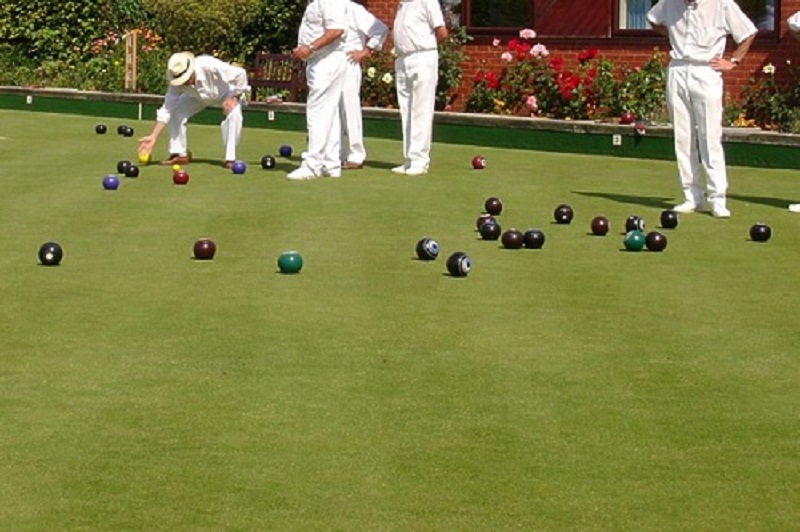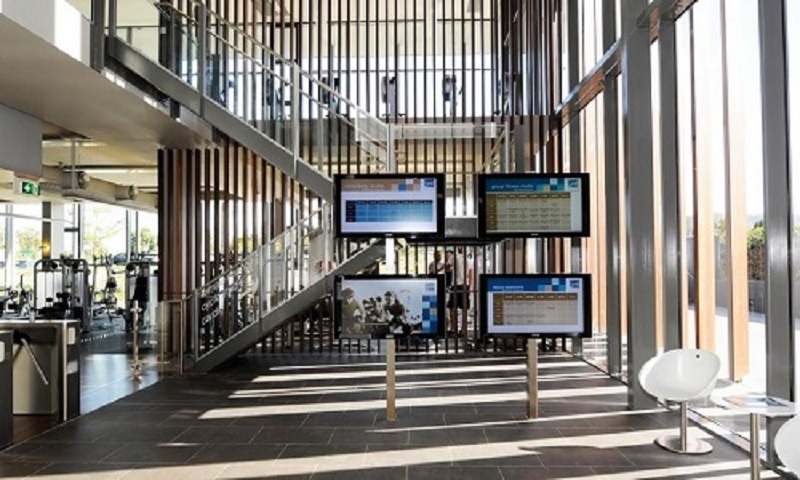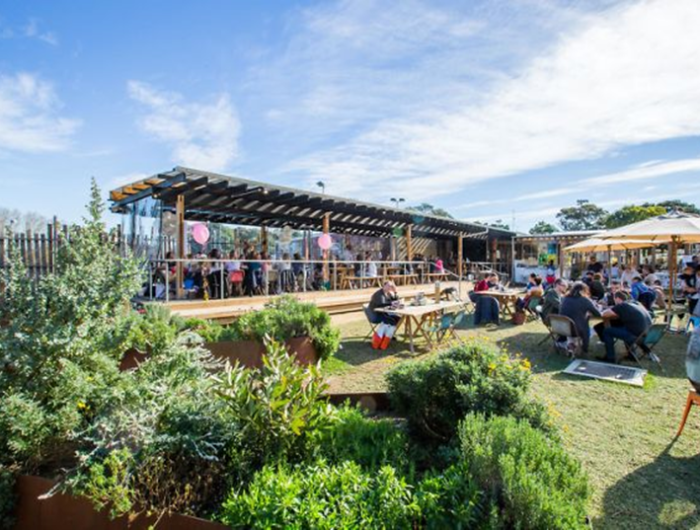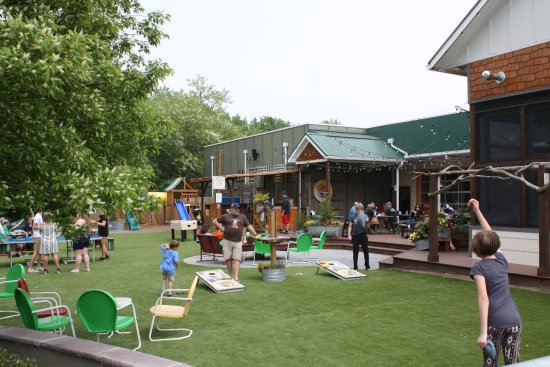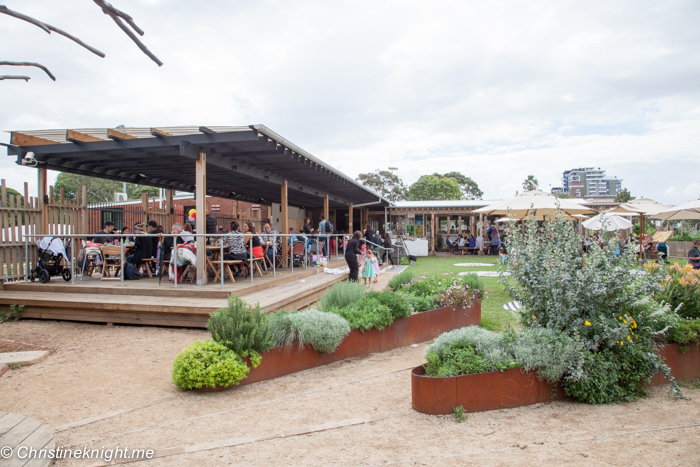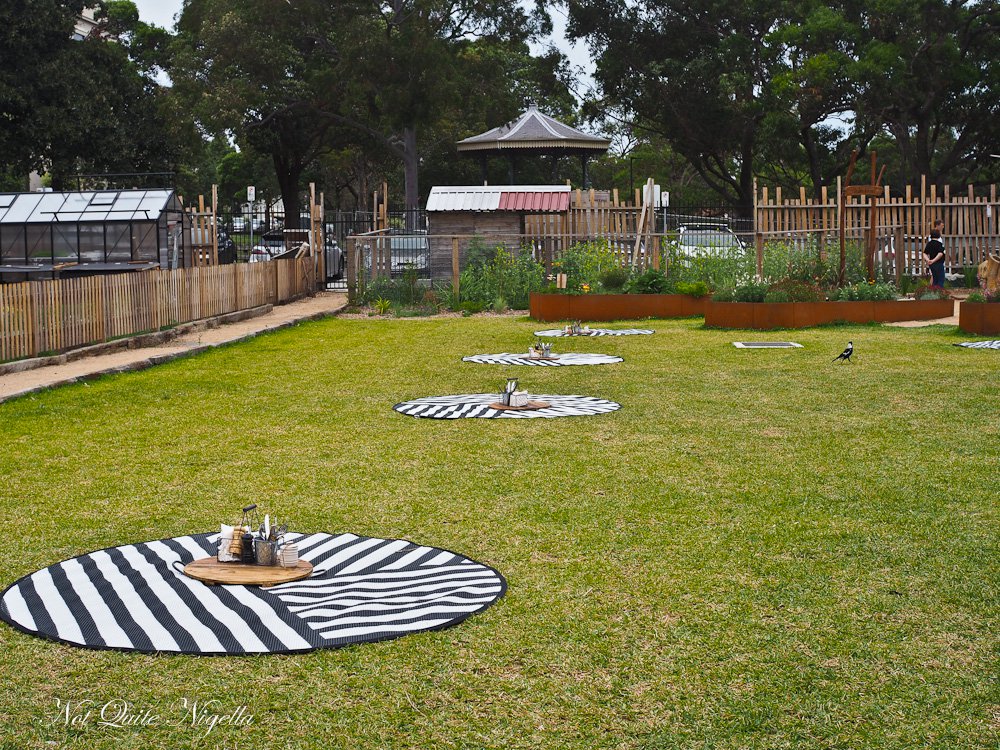Back in January, we wrote an article entitled Pubs vs Clubs– why Pubs are streaking ahead and what Clubs can do to close the gap…
The article was widely discussed and circulated within the industry and became the topic of many a conversation when we’ve been doing our rounds.
The article was intended to be a bit controversial and provoke a reaction from Club Management and Boards – and that it did!
Encouragingly, much of the feedback was positive.
We were told that many CEO’s and Managers forwarded the article to their Boards to spark debate about their future. There was an overwhelming consensus for the need for continued change – in particular, the emphasis on doing food well, being more welcoming of families, and reducing reliance on gaming.
As expected, we were also told that the article was received defensively by some of the longer-standing board members of some Clubs.
In this article, Pubs vs Clubs – Round 2, we share the feedback from you and your colleagues about what’s holding Clubs back, and what your Club could be doing better to come out on top in the ‘title-fight’ for hospitality supremacy.
The state of Gaming…
At about the same time our first article was published, the Pubs vs Clubs debate was also a feature of ClubsNSW Regional Meetings. Gaming revenue statistics were showing growth in the Pub industry and stagnation in the Club industry.
ClubsNSW put this down to Pubs having increased and surpassed Clubs in the ‘replacement’ rate of gaming product – i.e. Pubs are investing in the newer more popular machines and customers are responding.
There was an almost unanimous consensus amongst the Club CEO’s and Managers that we spoke to that their new product was also doing well and the old machines were struggling.
Many of the Clubs that were matching the gaming product replacement rate of Pubs were continuing to trade well and increase their gaming revenues at the same rate as Pubs. The Clubs that had fallen behind replacing their machines with new product were also falling behind in gaming revenue.
So the anecdotal evidence gathering from the Clubs that we spoke to seems to align with the hard statistical evidence and conclusions of ClubsNSW.
ClubsNSW went as far to call the surge in Pub gaming revenue a ‘sugar hit’ that is a short to medium-term investment view and that we would see a slowing of gaming growth in pubs in the near term. This may be the case, but what does it mean for the Club industry?
- Wait for the competition from Pubs to ease?
- Invest more in new Gaming Product?
Neither of these options appears to be a good long term strategy, so we spoke to CEO’s and Managers in the Club industry to get their views on Pubs vs Clubs.
One of the main issues raised by the CEO’s and Managers we spoke to was the public perception of gaming and how it aligns with their Clubs values.
Clubs Community Values…

In our first article, we talked about Clubs values.
“For Clubs, it is within their values that lies the mountain of value. They are genuinely community-focused organisations – they need to keep doing what they do best, and that is connecting with the community.”
Several CEO’s that we spoke to commented that “… we evolved for the community, and we are a community asset. But our gaming is arguably doing more harm than good. ‘We’ know that revenue from gaming funds community programs and sponsorships. But the reality is that the perception amongst the non-Club-going community is that gaming is harmful. And this is harmful to our industry. We need to change our ways.”
The need for change…
This leads us to the Directors who responded to the first Pubs vs Clubs article defensively. To them, the suggestion that Pubs are streaking ahead of Clubs is incomprehensible “… how can this be the case when we’re so community-minded, and Pubs are only ever chasing a dollar’s profit” was their response??
Given the rich history of Clubs and their community-mindedness, this response is entirely understandable. But, as we discussed in the first article, while the culture and values of a Club organisation are still very important, they’re no longer a drawcard for a significant proportion of potential customers.
Societal values have shifted. While underlying values are important to many, the Instagram-effect has well and truly taken hold.
So what do CEO’s and Managers think is holding them back and what can the Club Industry be doing better?
In a more recent article we wrote about the Instagram effect, we discussed how Club’s must begin to take this seriously…. image, exclusivity, uniqueness, individuality, experience – these are all traits that need to be considered to set a venue apart from the rest.
Of course, the issues facing the Club industry do not boil down to an Instagram image. There are a myriad of issues facing the industry and individual Clubs. But there were common themes amongst the CEO’s and Managers who we spoke to about what was holding them back and what they could be doing better to close the gap with Pubs…
“There is still a big stigma about going to a Club.”
Many CEO’s agreed that there is still a big stigma about going to a Club. People who don’t go to Clubs think “Clubs are for Club people” said one CEO. Non-Club-goers think “Club people are interested in inexpensive food and drinks of marginal quality”.
This stigma is not helped by the sign-in process and the dress-codes that most Club’s persist with.
“The sign-in process is a barrier.”
“The sign-in process is a simply not something that you have to do when you go to any other entertainment venue” said another CEO.
There are arguments that the membership and sign-in process is a valuable asset that enables data collection. However, when you go to the supermarket, you’re not required to sign-in – they have other less confronting ways of getting their customers to ‘opt-in’ and give up their personal data.
We hear Pubs are now running rewards programs and getting data via memberships without a sign-in process.
Perhaps the Club Industry should be considering the same approach?
Obviously, it’s not something that an individual Club is going to pioneer. The sign-in process is legislated, and any change is only going to happen with the support and drive of an industry body like ClubsNSW.
When discussed at ClubsNSW meetings many Clubs have been asking why can’t we opt-in/opt-out of the sign-in process? They feel that it’s outdated, and there should be a campaign to change it.
“Some people really don’t like data retention.”
Even though Facebook and Google probably know more about all of us than we care to imagine, some people don’t like the data retention associated with being a member of a Club.
Maybe it’s to do with the physical process of swiping one’s card when at the Club; or perhaps it’s to do with gaming and where the cash comes from.
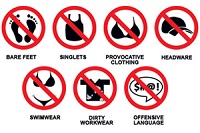 “A cross-section of the younger demographic don’t like the dress code.”
“A cross-section of the younger demographic don’t like the dress code.”
Pubs have pretty loose dress codes, if any at all. Many Clubs persist with them. Why?
One leading industry identity described his own 19-year-old son – “…. he’s simply not going to come here if he’s got take off his trucker hat. It’s part of his style and identity, and he doesn’t have to take it off to go to the pub.”
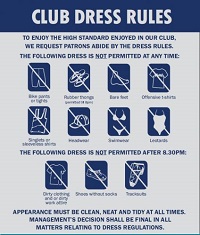 One coastal bowling club recently abandoned their dress code. Previously singlets and thongs were off-limits. “But we’re at a beach” exclaimed the new CEO! “Singlets and thongs are standard dress code for the area. Why were we turning these potential customers away? Times have changed for many Bowling Clubs – although we have bowling greens, we’re no longer a ‘Bowling Club’, we’re an entertainment venue. Many Bowling Clubs, in particular, need to concede to this commercial reality”.
One coastal bowling club recently abandoned their dress code. Previously singlets and thongs were off-limits. “But we’re at a beach” exclaimed the new CEO! “Singlets and thongs are standard dress code for the area. Why were we turning these potential customers away? Times have changed for many Bowling Clubs – although we have bowling greens, we’re no longer a ‘Bowling Club’, we’re an entertainment venue. Many Bowling Clubs, in particular, need to concede to this commercial reality”.
“Not conceding to commercial reality.”
Not conceding to commercial reality may be the story of so many Bowling Clubs that have folded in the last ten years.
The demographic reality is that Bowlers are not increasing in numbers. While a Club may have been founded on bowling, and their prior growth has occurred on the back of bowling, further such growth is just not gonna happen on the back of bowling in its traditional form.
Sure, there are opportunities in the bare-foot bowling space. Many bowling clubs have found a new lease on life as barefoot bowls has increased in popularity, but that’s because bare-foot bowling is not really about bowling! It’s about entertainment and lifestyle.
Just because it’s part of the constitution to be a Club that promotes a particular sport doesn’t mean you trade to the death promoting that particular sport.
 In the case of the ‘old bowlo’…. it might be time for the Bowlers to accept hard truths that ‘maybe’ maintaining three greens so that you can host that one regional bowling comp a year when you only have 50 bowling members is not a good commercial decision. And the second green… you’re going to have to share it with the barefoot bowlers. And yep… every Saturday afternoon at about 6 pm there will be three blokes sending down earth-shattering drives to remove the white ball from play…. and some of the barefoot bowlers will be families with kids… and unless those kids have something to draw their attention, they’re gonna be on the green as well.
In the case of the ‘old bowlo’…. it might be time for the Bowlers to accept hard truths that ‘maybe’ maintaining three greens so that you can host that one regional bowling comp a year when you only have 50 bowling members is not a good commercial decision. And the second green… you’re going to have to share it with the barefoot bowlers. And yep… every Saturday afternoon at about 6 pm there will be three blokes sending down earth-shattering drives to remove the white ball from play…. and some of the barefoot bowlers will be families with kids… and unless those kids have something to draw their attention, they’re gonna be on the green as well.
This clash of cultures (or age groups to be more accurate) at bowling clubs, in particular, is something that we’re hearing a lot about at the moment and will be the subject for a future article!
“Pubs are family-friendly, and they breed loyalty.”
 This was an unexpected comment from one CEO. With the community focus of Clubs, we would have expected the term ‘loyalty’ to be firmly associated with Clubs over Pubs. When pressed further, it became apparent that this reference was to do with the way Pubs develop a ‘following’.
This was an unexpected comment from one CEO. With the community focus of Clubs, we would have expected the term ‘loyalty’ to be firmly associated with Clubs over Pubs. When pressed further, it became apparent that this reference was to do with the way Pubs develop a ‘following’.
When they get the balance right between catering for various groups, their customers return over and over again.
Families, in particular, are less likely to be adventurous when it comes to dining and entertainment venues. Unlike other groups, continually seeking out new and varied dining and entertainment experiences is not what families want to do.
 What they ‘do’ want to do is find a welcoming venue with great food that is set up in such a way that they don’t need to helicopter-supervise their kids… and that their kids are engaged just enough by the space that they don’t piss-off other customers. When they find a good thing, they stick to it – it’s an easy choice.
What they ‘do’ want to do is find a welcoming venue with great food that is set up in such a way that they don’t need to helicopter-supervise their kids… and that their kids are engaged just enough by the space that they don’t piss-off other customers. When they find a good thing, they stick to it – it’s an easy choice.
(We’ve written more about family-friendly design here)
“Pubs make decisions based on ROI…. my Board makes decisions based on member and community considerations.”
One CEO described the numerous occasions that he’d proposed initiatives to drive revenue and profitability to be told by the President of the Club “…. it’s not all about money. We’re a Club, and we need to look after our members.”
This particular Club is in a strong trading position, so it’s easy and probably warranted, for the President and Board to take this approach. But not all Clubs are in this position, and many will need to concede to their commercial reality and take a different approach.
(We’ve written more about making decisions based on ROI here)
“The large pub groups have become far more professionally run.”
In recent years as Pubs have been accumulated by larger investment groups, they’ve become more professionally run. They have centralised and highly specialised management that have boosted their ability to do excellent food and improve their gaming offering and service. They have gaming managers overseeing multiple venues.
As much as these Pub groups play the ‘community card’ in their marketing message, at the end of the day, their Board represents the interests of financial shareholders… and they prioritise decisions to make money. Pubs have become formidable competition, and in most instances, Clubs are going to have to start to play this game to compete.
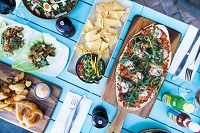 “Price-point not the drawcard for Clubs that it used to be”
“Price-point not the drawcard for Clubs that it used to be”
Customers want quality and experience and will pay for it. Pubs and some Clubs are proving this.
One manager said “… we do our own food, and we aim to make a profit out of it. This means having the $30+ steak on the menu – we wouldn’t have it on the menu unless it sold. But it’s got to be a quality product; it’s got to be consistent; it needs to be complemented by a level of service that reflects the price. If the bloke down the road can do it, why can’t we?”
Another manager said “Quality, consistency and service and you’re 90% of the way there. The strategy is not complicated, but the execution can be! It’s hard for regional Clubs to find, keep and manage the right kind of people to do food well and make money out of it. The old ‘bowlo’ with the Chinese caterer has its place, but they rarely do western dishes well. These days Clubs should be focusing on a niche and doing it well – not trying to be all things to all people”.
“Gaming is detrimental in that it detracts from the hospitality focus of the business. Clubs have leant on Gaming for too long.”
In times gone past, you’d never hear of a CEO or manager brave enough to say that gaming was detrimental to their business.
How can gaming be detrimental when the majority of revenue in the industry still comes from gaming?
Public perception is one thing, and the media’s war on pokies hasn’t helped. But the point this CEO was trying to make was that the reliance on gaming had allowed other parts of some Clubs operations to become secondary and substandard. And when this has happened at some Clubs, it hurts the industry as a whole.
 We think the point here is that there is still an excellent opportunity to drive revenue with gaming, and Clubs should be actively pursuing this. But long term it would be ideal if the profits from gaming were reinvested in complementary parts of the business – i.e. to bring on board the expertise to do food well (whether it’s in-house or the right caterer); to upgrade other parts of their facilities; and to consider diversified income opportunities.
We think the point here is that there is still an excellent opportunity to drive revenue with gaming, and Clubs should be actively pursuing this. But long term it would be ideal if the profits from gaming were reinvested in complementary parts of the business – i.e. to bring on board the expertise to do food well (whether it’s in-house or the right caterer); to upgrade other parts of their facilities; and to consider diversified income opportunities.
Recapping the feedback…
So…
- There are aspects of Clubs that a proportion of potential customers don’t like or don’t perceive to be positive – some are the result of self-imposed regulation and others are imposed by external regulation
- Gaming is a pain-point in the industry at the moment – it’s not delivering the growth that it once was and it’s suffering from poor public perception and attack by the media
- Clubs still have a perception problem in that a proportion of potential customers think “clubs and for club people.”
- Pubs have been making commercially driven decisions that have put pressure on the Club industry
- What worked to be a successful Club in the past is not going to work in the future
So where to from here?
Perhaps this is a good time to take a look at the Pub industry.
What has their journey been over the last 30 years?
In the 90’s most were still pretty scruffy. Many were also intimidating and not particularly female-friendly.
In the first Pubs vs Clubs article, we discussed how the profits on offer following the introduction of pokies into pubs attracted new ownership and new management. This new ownership and management didn’t stand still.
They reinvested in their venues and sparked the gastro-pub movement of the noughties. They’ve since moved on to embracing wine culture and have more recently taken on the family market, which they are doing very well.
As we discussed in the first Pubs vs Clubs article, pubs have a natural advantage over Clubs in that pub buildings are usually smaller-scale multi-roomed venues. The multiple rooms have leant themselves to segmenting their venues according to use to minimise conflict between users. Tradies and sport in the front bar; a separate and private entrance to gaming; families and kids out the back.
We wrote about functional considerations when planning your next refurbishment here. But we didn’t go into a lot of depth about segmenting venues according to use… stay tuned for an article on this!
Big Clubs vs Little Clubs
The comments feedback referenced in this article has been gathered from CEO/Managers from both big and small Clubs. However, it’s important to note the increasing divide in the fortunes of the big clubs vs the not so big ones.
The top 100 seem to be doing pretty well. If your Club is in this category, you’ve probably diversified into aligned lifestyle and entertainment offerings like accommodation, gyms, retail and property development. You’ve transitioned to sub-branded speciality food offerings, rooftop bars and the like, which are helping break them Club mould. Your Club is management driven (i.e. with minimal Board intervention) and decisions are made based on ROI.
Most of the top 500 Clubs are sound community-focused organisations. If you’re Club is in this category, in order to continue to serve the community you probably need to be considering how to emulate some of the successes of Pubs and the top 100 Clubs. How can you break the Club mould on a smaller scale? Shoring up Gaming with new and current product in a comfortable indoor and outdoor environment is essential. But focusing on a speciality or niche food offering and doing it really well should be a consideration, as should be looking at how to increase efficiencies within your existing footprint and investigating opportunities for diversified income streams.
The remaining 500 Clubs probably need a radical change in thinking.
What do you think?
We’ve done a lot of generalising in this article!
Some of the issues raised above can be addressed by individual Clubs, but others are industry issues where an industry body is going to have to be convinced to lead the charge for change.
The industry is at a significant juncture.
Some Clubs will pivot. They will sharpen their approach and set the pace for the entertainment and lifestyle businesses of the future. The ones that keep doing things as they’ve always been done won’t make it.
The positives are that the big issues are being talked about, and the stoic ‘old guard’ of towing a line that suits a few but is bleeding others is being challenged.
Hopefully you think we’re on the money with some of our observations, but you might also think we’ve missed the mark or been overly harsh. We’d love your opinion in the comments below or when we post this on social media.
Marc Nicholas is Managing Director at GROUPN
THINK_LIFESTYLE is a weekly newsletter published by GROUPN discussing directions in hospitality design
Click to get in touch with Marc or drop us line at GROUPN +61 2 9369 3546
Tags:
Share:
